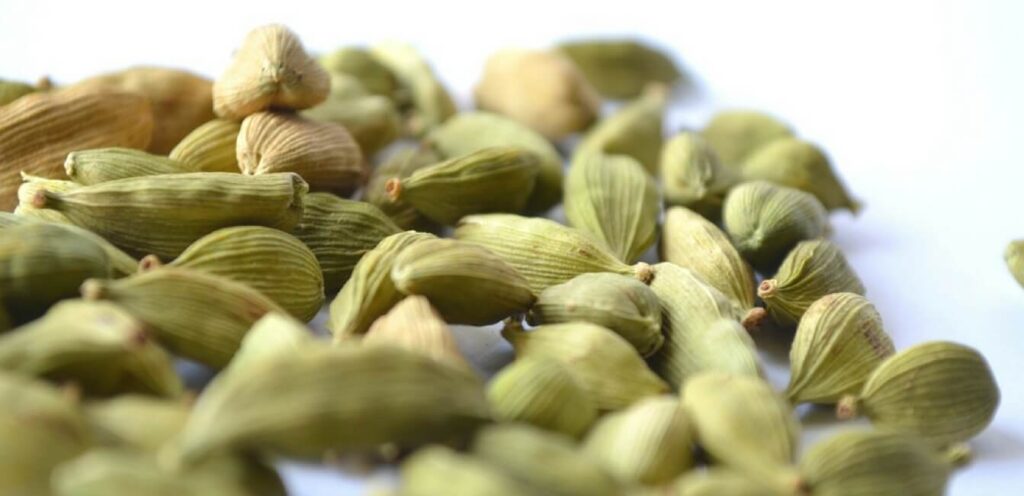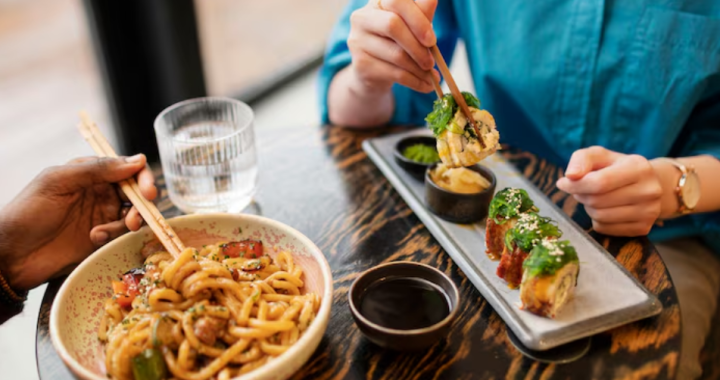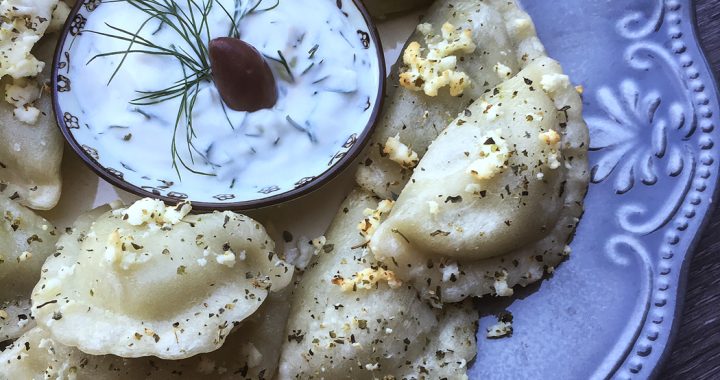
How Did A Humble Spice Such As Cardamom End Up Being Used In Different Cuisines?
Cardamom is a spice that comes from a plant native to India and Indonesia. Until recently, the only places that cultivated cardamom were in the Indian subcontinent. However, cardamom has been a popular spice in many different cuisines for thousands of years!
So, how did cultures around the world adopt cardamom into their cuisines and lives before it was commercially available in their region?
The answer is trade!
Cardamom is one of the oldest spices mentioned in ancient texts.
The first mentions of cardamom thousands of years ago, cultures around the world began importing vast quantities of cardamom from India for its many health benefits and delicious flavors. In response to this worldwide demand, cardamom cultivation exploded in different regions around the world. As a result of these two factors, the humble cardamom spice has become popular in cuisines ranging from Middle Eastern to Scandinavian.
Why was Cardamom so Popular Throughout History?
Besides being a delicious additive to sauces, stews, and meat dishes, cardamom became popular throughout history because of its many health benefits. Many of these benefits, such as its possible ability to fight cancer and lower blood pressure, have only become clear in the last few decades. However, ancient peoples still use cardamom for its digestive and cleaning abilities.
Cardamom as a Digestive Aid
Cardamom became very popular among ancient peoples for its digestive aiding abilities. Chewing cardamom pods or mixing the pods with liquid can help upset stomachs and prevent nausea, indigestion, and other symptoms of overindulgence.
Cardamom to Fight Bad Breath
Many ancient peoples also prized cardamom for its prevention of bad breath. Ancient cultures knew that cardamom helped freshen their breath in a similar fashion to mint. What these cultures didn’t know is that cardamom actually fights against mouth bacteria and can lead to fewer cavities.
Cardamom Trade throughout the world opened new trade routes.
Middle East: The ancient Babylonians and Assyrians were some of the first cultures to trade with the Indian subcontinent for Cardamom. These two ancient cultures lived in what is the present-day Middle East.
The Assyrians and Babylonians believed that cardamom had many health benefits. They opened up the cardamom trade along land routes from India to the Middle East. Later, the Babylonians and Assyrians began trading for cardamom using the Persian Gulf sea route.
This initial cardamom trading occurred as early as the third millennium BCE, during the Early Bronze Age. To this day, cardamom remains popular in many middle eastern dishes.
Europe: After witnessing the many health benefits of cardamom from cultures in India and the Middle East, the ancient Greeks and later the ancient Romans also began trading extensively for cardamom pods from India. These two cultures spread the use of cardamom throughout much of modern-day Europe.
Ancient Greek physicians such as Hippocrates and Dioscorides wrote about how their peoples used cardamom pods as a digestive aid. This is a practice that continued for the duration of the Roman empire. By 126CE, cardamom was listed as one of the spices that was taxed in the ancient city of Alexandria.
By the Middle Ages, the merchant city of Venice was the chief importer of cardamom into western Europe. The use of cardamom in European dishes continues to this day.
Asia: Cardamom became popular in China during the Song Dynasty. This dynasty ruled China from 960 to 1279 CE. Like ancient cultures in Europe and the Middle East, the Chinese used cardamom for its many health benefits and to flavor their cuisine. Especially important to Chinese culture was cardamom being used as an infusion with hot water for tea.
By 1150 CE, outside observers noticed that cardamom was being imported to and from China in large quantities, something that has never ceased.
Scandinavia: Around one thousand years ago, raiding Vikings from Scandinavia discovered cardamom in Constantinople and other places. After falling in love with Cardamom like so many other cultures, the Vikings introduced cardamom to Scandinavia, where it is still used in traditional beverages like mulled wine. Vikings also began using cardamom in various pastries, meatballs, and other savory delights.
Although it is a humble spice, cardamom has become popular throughout the entire world.
This is largely due to cardamom’s great flavor and medicinal properties. Trade led cardamom to become popular throughout the ancient world. As it was shared and spread to many different cultures and cuisines, it became a key spice in many different countries. So, what other spice do you think became popular because of trade? Don’t forget to drop us your thoughts in the comment.
Author Bio:
Hi, I’m Rana and I blog at ranasrecipe.com. My passion for food began very early in my life. And after managing a cafe, a granola business and helping other food businesses scale up, I found my true calling in creating wonderful recipes so that everyone can enjoy cooking as much as I do!
Pinterest: https://in.pinterest.com/ranasrecipe/
Insta: https://www.instagram.com/ranasrecipe/





